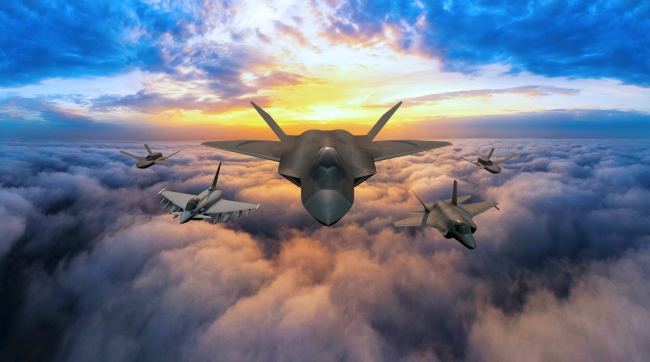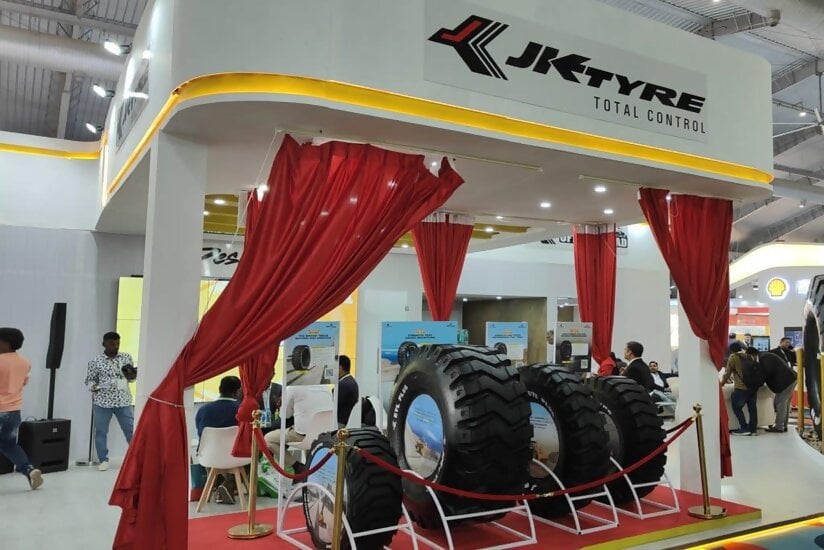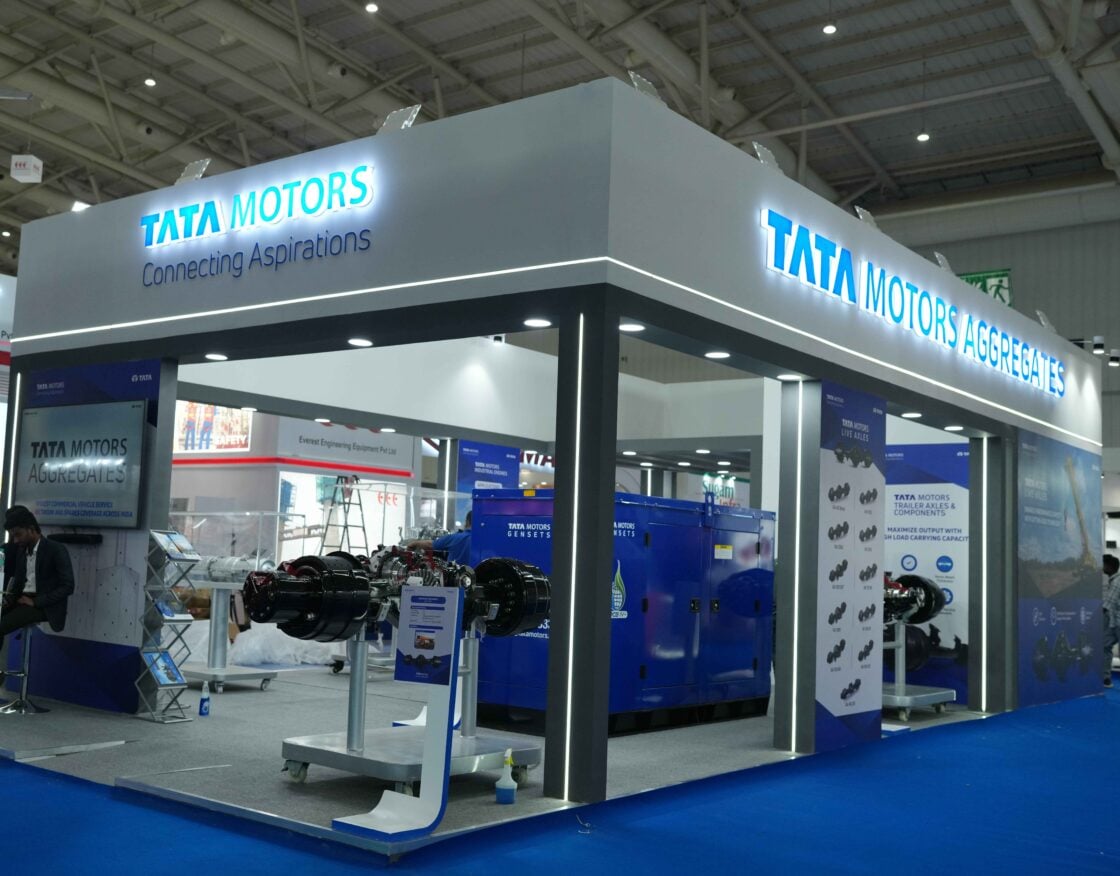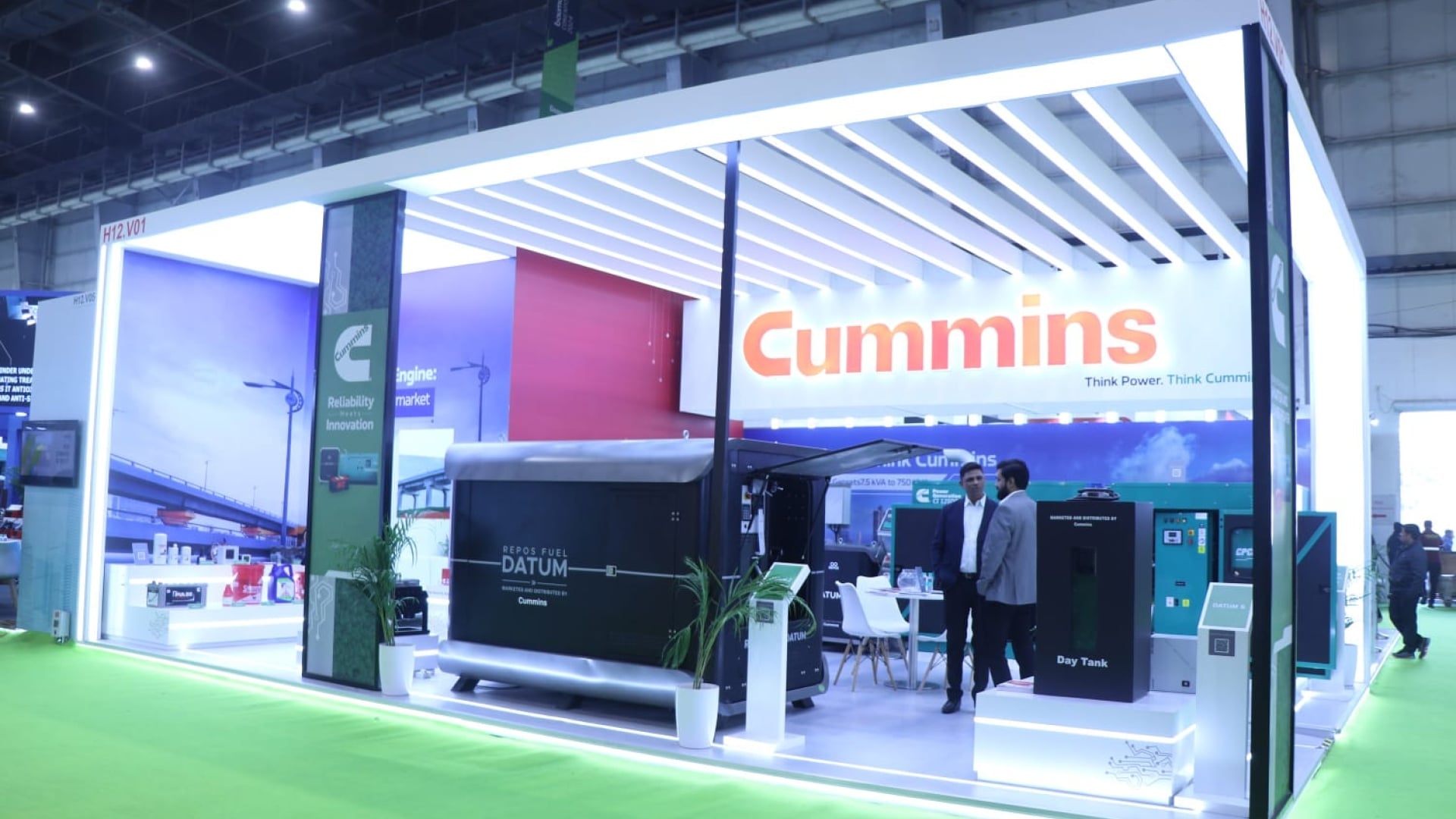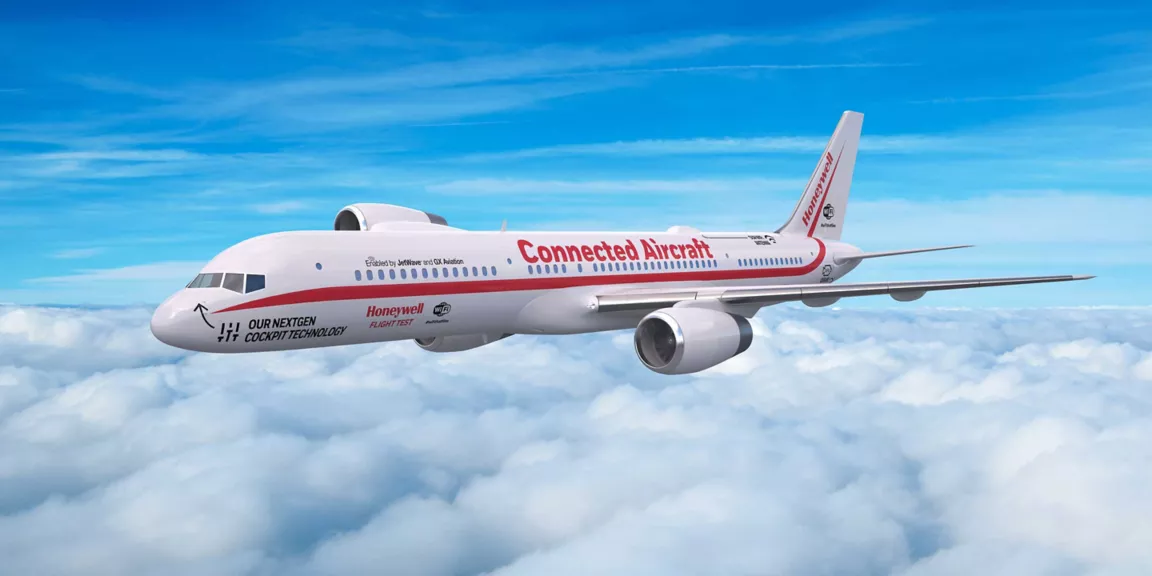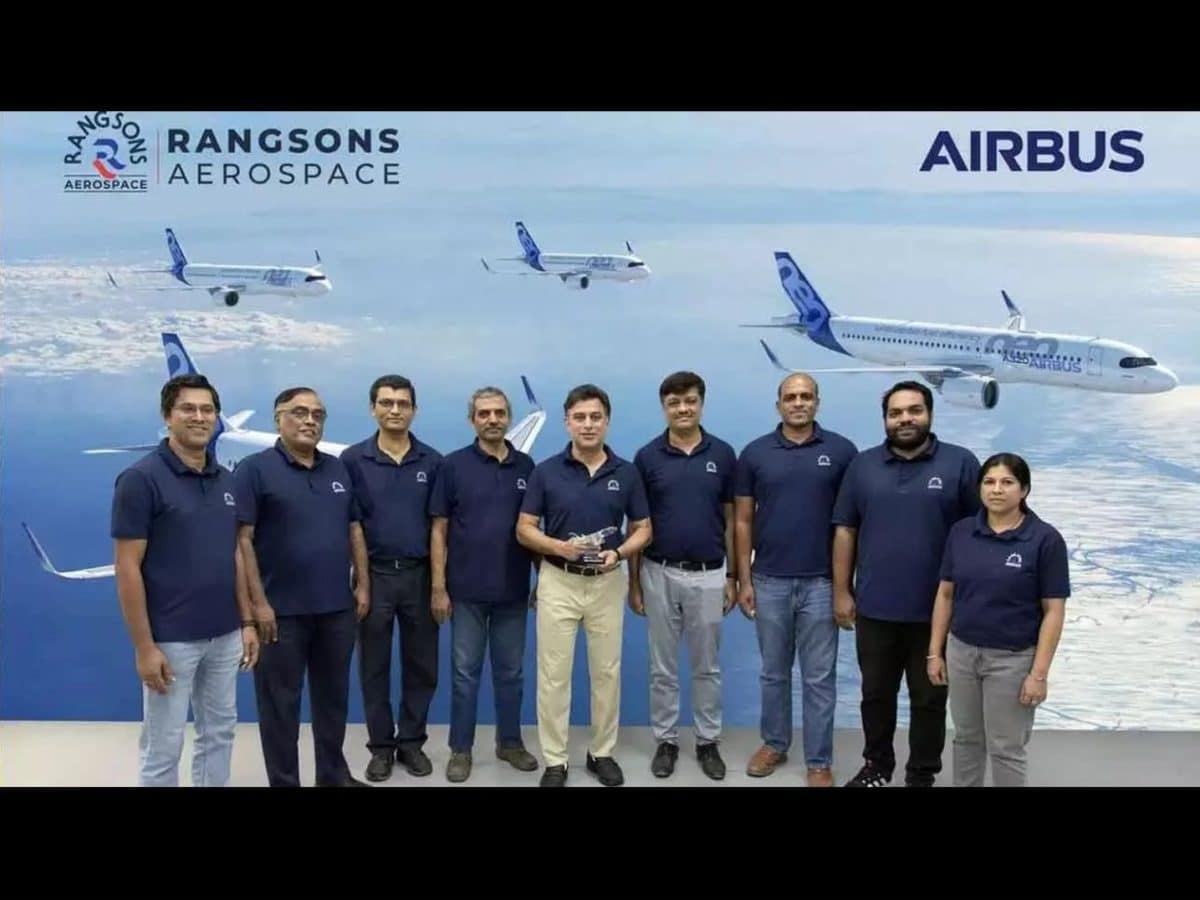
UK Engineers Unveil Progress on Innovative Supersonic Stealth Jet: Tempest
Engineers from the UK’s leading combat air industry, including BAE Systems, Rolls-Royce, Leonardo UK, MBDA, and the Ministry of Defence (MoD), have provided more information about the work being conducted on the country’s first flying combat air demonstrator in a generation.
The team is engaged in the development of the technologies required for the UK’s next-generation supersonic stealth combat aircraft, Tempest. The technology demonstrator was first announced by the UK government in July 2022, with an expected flight within the next four years.
The demonstrator is being created using innovative digital techniques and transformative processes at a new facility at BAE Systems in Warton, Lancashire. BAE Systems, Rolls-Royce, and the Royal Air Force (RAF) test pilots have already logged more than 150 hours in a custom-built simulator, gathering vital data to assist in flight trials.
In an unprecedented move for military aircraft design, BAE Systems’ engineers are utilizing auto-coding to create safety-critical systems software in days instead of weeks. This process expedites the assessment of flight control systems during intricate flight manoeuvres, with the simulator capturing important data about the jet’s anticipated performance and handling.
Further testing is being conducted on the aerodynamics of the engine, using advanced manufacturing processes to create an engine duct specifically designed to decelerate the air from supersonic to subsonic speeds at the engine face. The innovative design of the intake enhances the aircraft’s stealth capabilities due to fewer moving parts than a traditional fighter jet design. This testing is happening at Rolls-Royce’s site in Filton, Bristol, the same location where the Concorde Olympus engine was tested in the 1960s.
Collaborating with Martin Baker, a UK-based crew escape specialist, a team of BAE Systems engineers has led ejection seat trials using a rocket-propelled sled travelling at speeds of over 500mph. Junior team members work alongside experienced engineers in these trials, ensuring a transfer of vital skills for future Tempest developments.
These novel technologies will aid in testing key aspects of the next generation combat air design, along with the necessary skills, tools, processes, and techniques for Tempest’s development. The aircraft will be produced through the Global Combat Air Programme, involving the UK, Italy, and Japan.
Richard Berthon, director of future combat air for the MoD, said, “The Flying Demonstrator programme is a significant endeavour to design and build a supersonic stealth jet that will advance our national skills and provide valuable data for Tempest’s service entrance by 2035.”
Neil Strang, Tempest programme director at BAE Systems, expressed excitement about this “once-in-a-generation opportunity” to influence the future of aviation history.
Conrad Banks, chief engineer for Rolls-Royce Defence Future Programmes, lauded the collaborative efforts between BAE Systems and Rolls-Royce, stating that they are “delighted with the results” of the aerodynamic testing.


